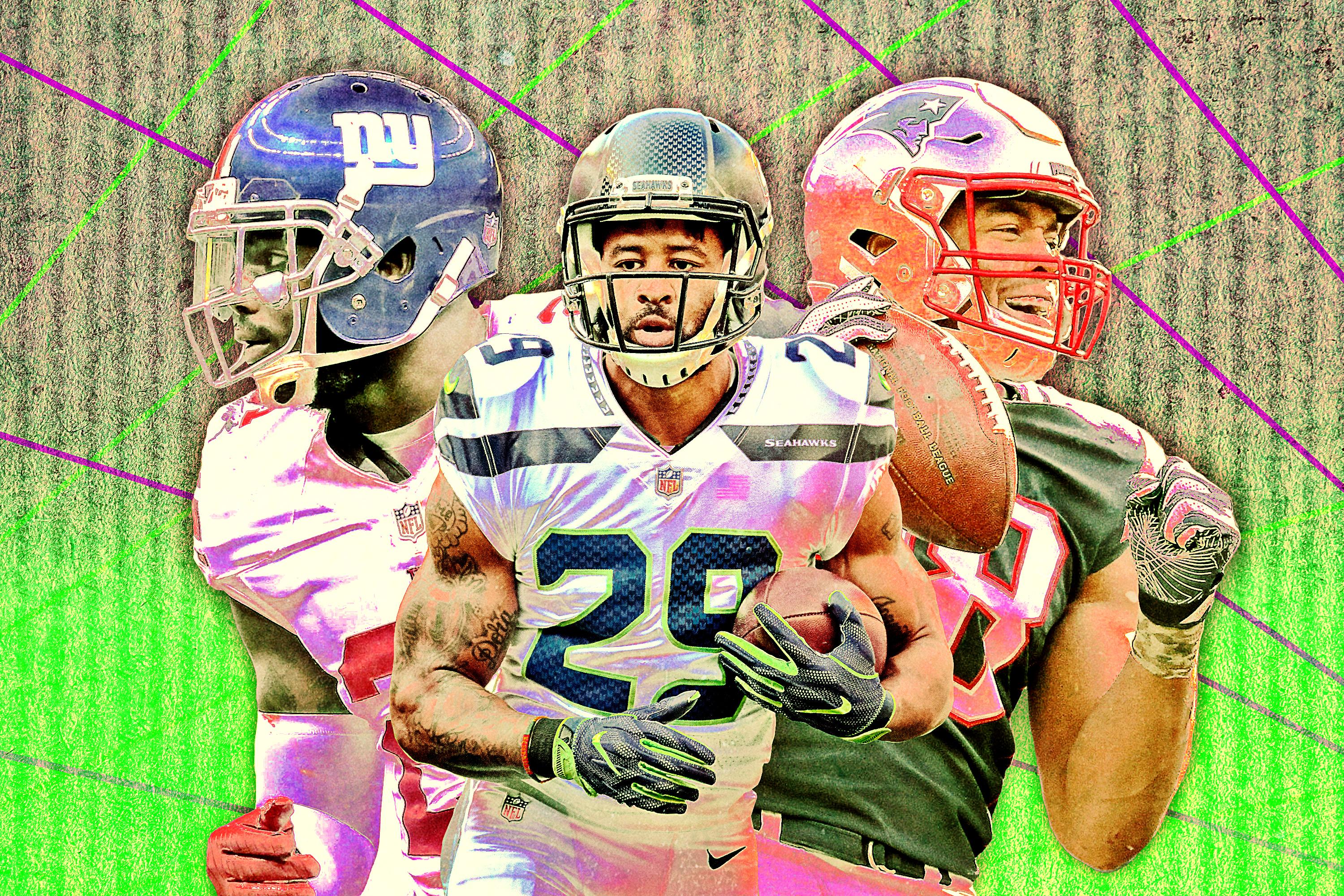
The NFL free-agency period is about to begin. While the 2019 class may lack the star power of last year’s group, it still features plenty of tantalizing names who could alter the landscape of the league. To get everyone set for the start of a spending frenzy, I’m breaking down the market for the top 20 available players. Today, I’m focusing on the best free-agent talent on defense.
Trey Flowers, EDGE
Why He’s a Free Agent: The Patriots have a history of refusing to pay top dollar for edge rushers. Three years ago they traded Chandler Jones just before he hit the open market, and they aren’t likely to match what other teams will offer Flowers this spring. Bill Belichick would much rather have Michael Bennett and his $7.2 million cap hit than Flowers, who could cost more than twice that.
His Potential Market Value: Five years, $85 million ($50 million guaranteed)
Flowers caught a huge break last week when four teams used the franchise tag on edge rushers. With Dee Ford, Demarcus Lawrence, Jadeveon Clowney, and Frank Clark off the board, Flowers is the top player available at a premium position. Five years and $85 million would match the contract that Olivier Vernon got from the Giants two years ago; that will be a useful reference point for Flowers’s agents when negotiations begin.
Some teams may balk at paying that much to a player who finished last season with just 7.5 sacks, but that figure doesn’t explain Flowers’s value. New England’s defensive ends aren’t tasked with chasing quarterbacks at all cost, and Flowers still finished with 64 disrupted dropbacks, tied with Clark, Von Miller, Melvin Ingram, and Yannick Ngakoue for the 10th-highest mark in the league, according to Pro Football Focus. In a different system, there’s a good chance he’d finish with a double-digit sack total. Beyond his pass-rushing skills, Flowers is also an excellent run defender with experience playing all over the defensive line. At only 25 years old, Flowers is a versatile, talented player worth paying for in free agency.
Potential Landing Spots: Colts, Titans, 49ers, Bills
Indianapolis needs pass-rushing help. As the Colts have more money to spend than any other team, they’ll likely be linked to many of the top free agents on the board. Tennessee has a hole on the edge with Derrick Morgan reaching the end of his contract, and although head coach Mike Vrabel never coached Flowers, he played in New England for eight seasons and understands the Patriots way. The 49ers also have a ton of cap space, and edge rusher is their biggest need. The bidding war for Flowers will likely be fierce, so that extra money could be key.
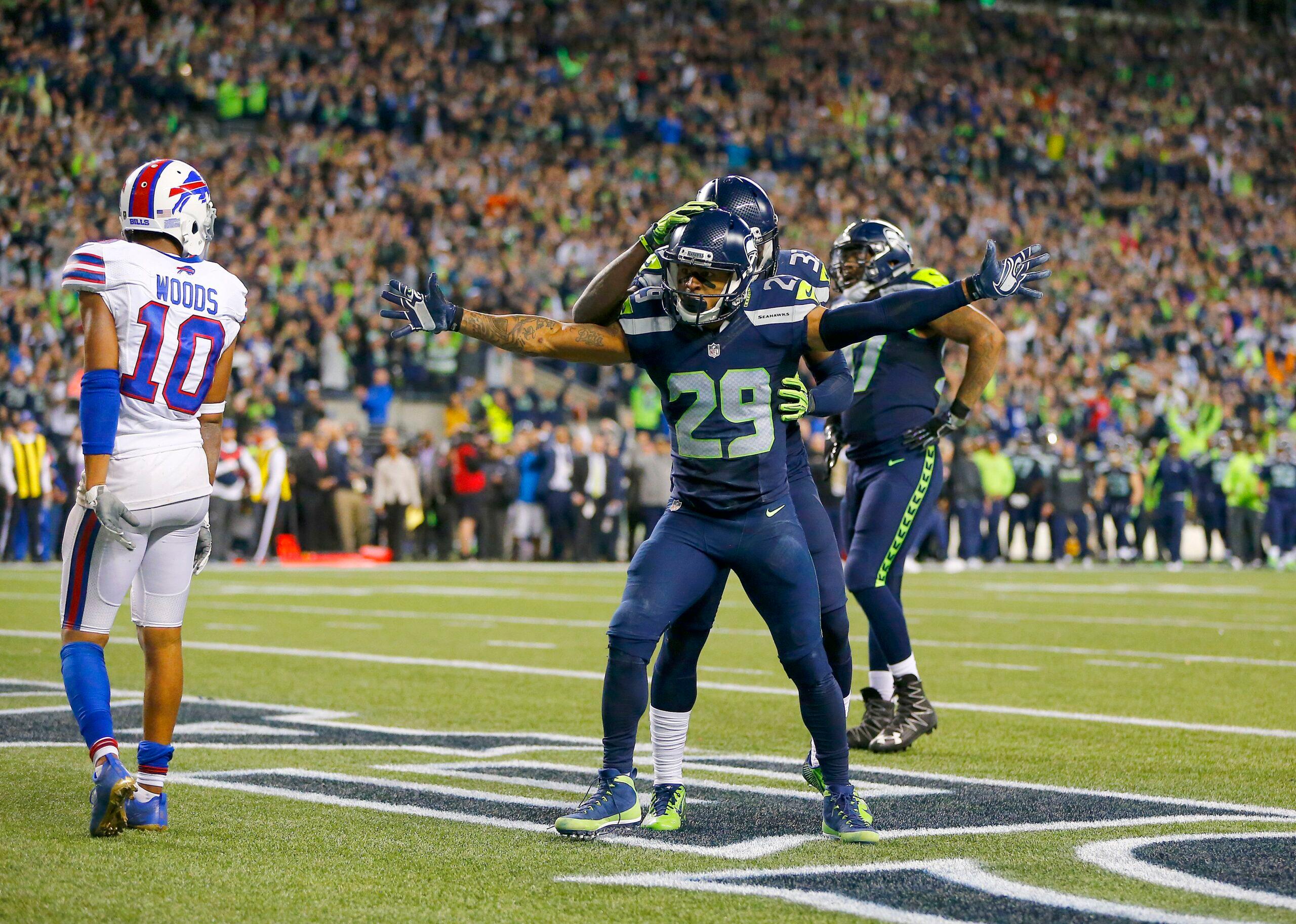
Earl Thomas, S
Why He’s a Free Agent: Oh, boy. Thomas and the Seahawks had a very public falling-out last season after Seattle refused to give its superstar safety the raise he desired. Thomas held out in camp, though he eventually relented and returned for the start of the season—then broke his leg four games in and missed the rest of the year. Seattle apparently didn’t think Thomas was worth the market-setting deal that he covets, which means the best safety of his generation is hitting free agency.
His Potential Market Value: Three years, $40 million ($27 million guaranteed)
An average annual value of $13.3 million would edge out Eric Berry for the highest safety salary, a subtle but important nod to where Thomas fits in the hierarchy of the position. That’s a significant investment in a soon-to-be 30-year-old player with a recent history of lower-body injuries, but this is Earl Thomas we’re talking about. Future Hall of Fame players who can still perform at elite levels don’t hit the market often. And enough teams have money to throw around that Thomas should get the historic, long-term contract he’s always wanted, even if the deal is a bit shorter than some of the position’s other recent mega-contracts.
Potential Landing Spots: 49ers, Cowboys, Packers, Redskins
Washington has a gaping hole at safety, and Thomas is the type of splashy acquisition that would thrill Dan Snyder. The typically conservative Packers could also be a fit, since they have a decent amount of cap space and could use an upgrade in the secondary.
Other teams may show interest in Thomas, but Dallas and San Francisco are the front-runners. The Earl Thomas–to-the-Cowboys rumors have been around for years, and Thomas hasn’t been shy about suggesting that’s where he’d like to wind up. Dallas’s problem, though, is that there may not be enough money to go around. After using the franchise tag on Demarcus Lawrence, the Cowboys have about $20 million in cap space. That would be fine, except the team also has to consider looming extensions for Amari Cooper, Dak Prescott, Byron Jones, and Ezekiel Elliott. Some cost-cutting moves could free up enough space to sign Thomas and extend the players already on the roster, but if the 49ers make Thomas a massive offer, the Cowboys would have a tough time matching it. Signing with the Niners would reunite Thomas with Richard Sherman and give him the chance to stick it to the Seahawks twice a year.
Landon Collins, S
Why He’s a Free Agent: That’s a great question! The Giants reportedly aren’t sold on his coverage ability, and with all the other holes on their roster, they weren’t willing to pay the eight-figure salary that he reportedly wants. The former All-Pro safety is more effective playing in the box, but he’s skilled enough in that role to outweigh most other concerns. Any team that uses him as a box player and dime linebacker will be adding a force to its defense.
His Potential Market Value: Four years, $40 million ($24 million guaranteed)
His agent will probably use the five-year, $60 million deal the Dolphins gave Reshad Jones in 2017 as a starting point, but my guess is that the number will come in slightly below that. Teams are hesitant to pay more than $10 million a year to a safety who’s most comfortable playing in the box. If no one is willing to pay top dollar, Collins’s deal could land somewhere between Jones’s contract and the four-year, $35 million deal Malcolm Jenkins received from the Eagles in 2016.
Potential Landing Spots: Colts, Bucs, Lions, Titans
The thought of Collins landing with the Colts—where he’d be playing with free safety Malik Hooker and linebacker Darius Leonard—is thrilling. With his skill set, pairing Collins and a true center-field safety may be the best plan, and that’s exactly what the Colts have in Hooker. The Titans will also have a hole at the position (assuming they release Johnathan Cyprien) and could create arguably the league’s best safety duo if they sign Collins to play with star free safety Kevin Byard. The Bucs and Lions could both use an injection of talent on the back end of their defenses, although Tampa Bay would have to make some cost-cutting moves to bring in Collins.
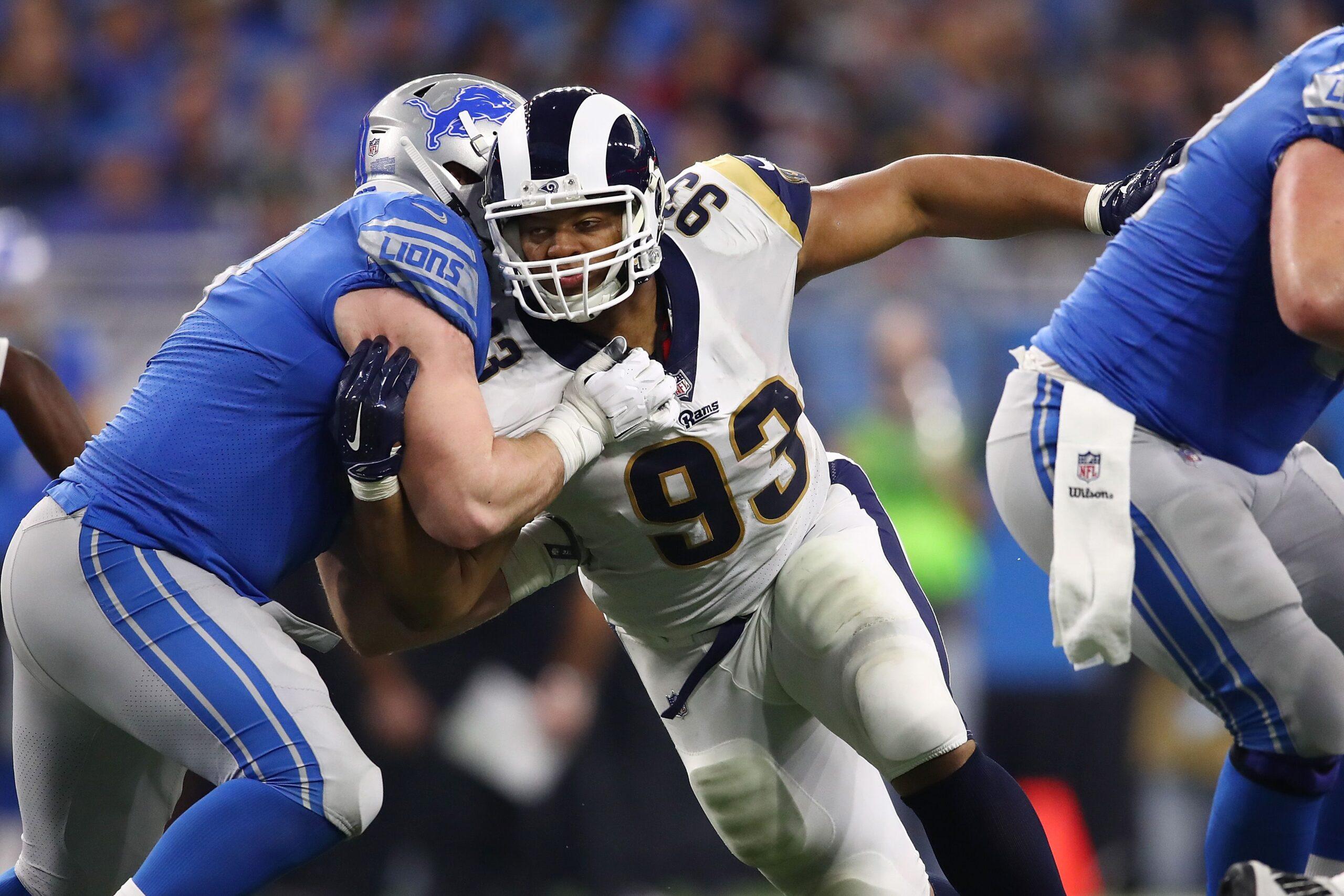
Ndamukong Suh, DT
Why He’s a Free Agent: The Dolphins released Suh last spring in an effort to escape the massive contract they handed him in 2015 (he’ll still count for more than $13 million in dead money against the team’s cap this year, which … yikes). He played on a one-year, $14 million deal with the Rams last year, but considering the amount of money L.A. already has tied up in Aaron Donald’s history-making deal, the team would likely have a hard time keeping Suh at the price he’ll command.
His Potential Market Value: Two years, $30 million ($20 million guaranteed)
Predicting Suh’s deal is tough. He’s made nearly $140 million over the course of his career. If any non-QB is set up to make a decision based on factors other than money, it’s him. Teams may not have much interest in signing the 32-year-old to a long-term deal, but if a contender is willing to give him a short-term contract with a high average salary, it’ll still get an impactful player. Suh wasn’t his typical dominant self for most of last season, but he made plenty of noise in the playoffs. He may not be worth top-of-the-market money, but he should still command a number that’s comparable to the $15 million or so that Kawann Short and Jurrell Casey are set to make this year.
Potential Landing Spots: Browns, Seahawks, Eagles, Titans
Imagine a defensive line of Suh, Larry Ogunjobi, Myles Garrett, and Olivier Vernon. They would create carnage. The Browns have enough cap space to make that happen. Seattle could use some help on the interior of its defensive line, as well, and while the Titans would be tying up a lot of money at defensive tackle with both Suh and Casey, they have the money and need some help at the position. Philadelphia signing Suh to a short-term deal would be precisely the sort of value play we’ve come to expect from Howie Roseman.
Adrian Amos, S
Why He’s a Free Agent: Chicago’s rash of signings and re-signings over the past year—Khalil Mack, Allen Robinson, Trey Burton, Taylor Gabriel, Eddie Goldman, and Bobby Massie—leaves the team with less cap flexibility than just about every other franchise in the league. For most clubs, cap space can be manipulated by purging a few contracts, but the Bears signed most of these deals too recently to be able to get rid of them without significant dead money. They still have about $17 million to work with and can theoretically bring Amos back if his price doesn’t get too high on the open market, but for now, he’s free to test the waters.
His Potential Market Value: Four years, $32 million ($18 million guaranteed)
Amos is an excellent safety who’s been great for Chicago over the past couple of seasons. In any other year, he might have been the best free-agent safety available. But this season, the combination of a glut at the position and a leaguewide devaluation of safeties could limit his market. Amos’s best hope is probably to wind up with a deal that’s comparable to the one Eric Reid signed with the Panthers earlier this offseason (three years, $22 million) and the contract that Tony Jefferson got from the Ravens in 2017 (four years, $34 million).
Potential Landing Spots: Bears, Colts, Bucs, Lions, Titans, 49ers
A reunion with the Bears isn’t out of the question, but outside of Chicago, the teams that should be interested in Amos are the same ones that may end up chasing Collins. The two players have drastically different skill sets, but both could be good fits for teams that need safety help.
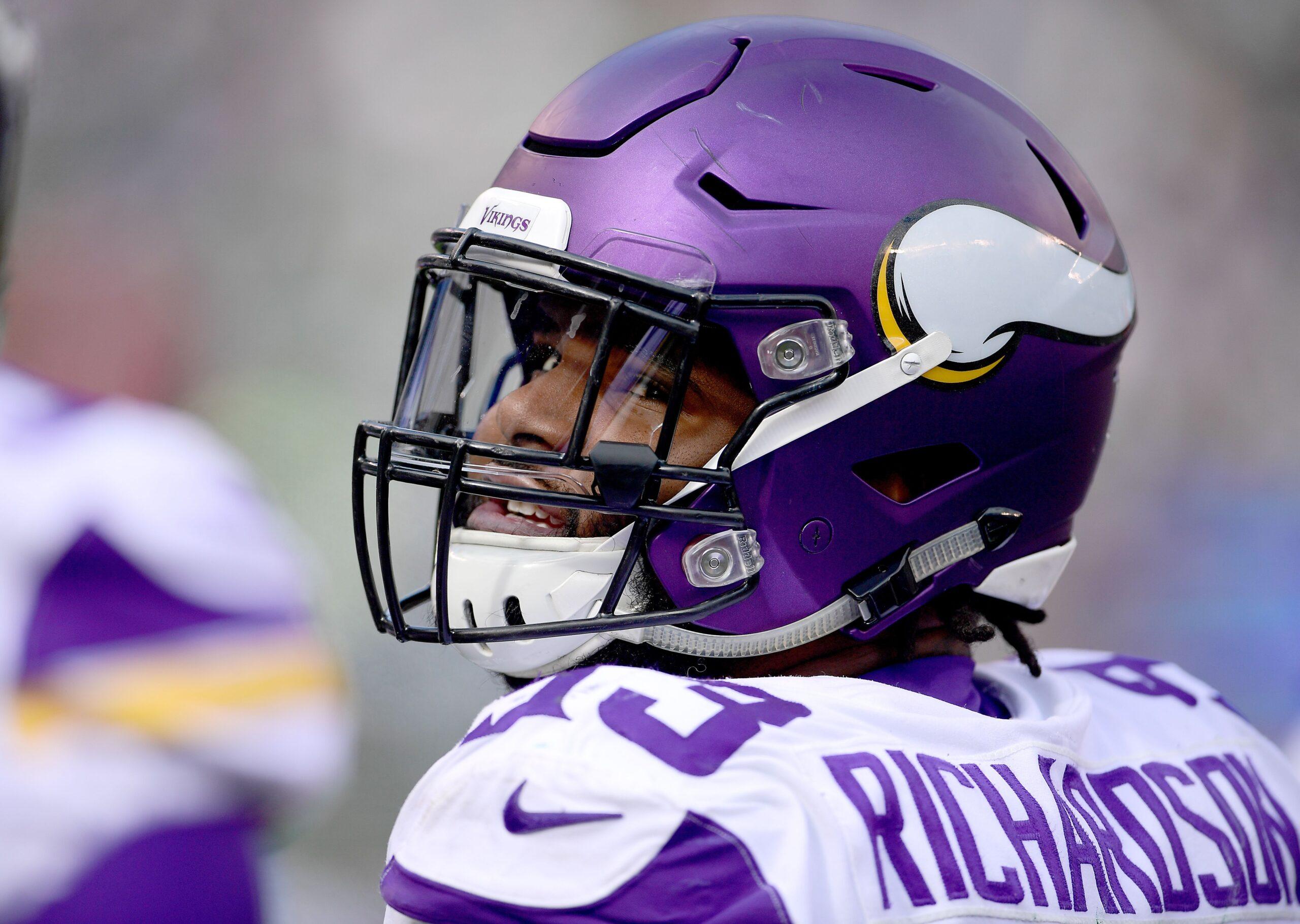
Sheldon Richardson, DT
Why He’s a Free Agent: Richardson was dealt to Seattle ahead of the 2017 season, and he played the final year of his rookie deal there. Not satisfied with the long-term offers available in free agency, Richardson signed a one-year, $8 million deal with the Vikings as he tried to build his value on one of the league’s best defenses. With the amount of money the Vikings have tied up in veterans (eight players with 2019 cap hits of $10 million or more, including Kirk Cousins at $29 million), they were never likely to keep Richardson around beyond last season.
His Potential Market Value: Three years, $33 million ($22 million guaranteed)
Earlier in his career, Richardson seemed like he was going to become one of the top defensive tackles in the league—but he never quite got there. He probably won’t command the type of deal that Short and Casey have gotten, but he has much more juice as a pass rusher than nose tackles Eddie Goldman, Damon Harrison, and Brandon Williams—all of whom recently got deals with an average annual value of around $10 million. That type of contract may seem steep for someone who had only 30 hurries and 4.5 sacks last season, but Richardson is an established player with a first-round pedigree. Someone will spend for him this offseason.
Potential Landing Spots: Browns, Chargers
Cleveland has money to burn and could plug Richardson into an already loaded group of defensive linemen. The most intriguing landing spot, though, in terms of fit and the players around him, would be the Chargers. The team declined to pick up Corey Liuget’s 2019 option, and with nose tackle Brandon Mebane also hitting free agency, it needs lots of help inside.
Tyrann Mathieu, S
Why He’s a Free Agent: During his first few seasons with the Cardinals, Mathieu emerged as one of the top defensive players in the league. The five-year, $63 million deal he signed in August 2016 was an acknowledgement that he wasn’t purely a safety in Arizona’s defense. His ability to transition between free safety and slot cornerback in different alignments pumped up his price, and, when Mathieu suffered his second season-ending ACL injury 10 games into the 2016 season, the Cardinals asked him to take a significant pay cut. After he refused, Arizona released him, and Mathieu spent last season on a one-year, $7 million deal with the Texans as he tried to rebuild his value.
Given how quickly Mathieu became a leading voice in Houston’s locker room (he was voted a team captain just five months after signing with the team), it’s surprising that the Texans appear ready to move on from him. Houston has more than $73 million in projected salary cap space, but it also has massive holes along the offensive line and at cornerback now that Kareem Jackson and Kevin Johnson are free agents. It’s possible that the Texans will test the waters on some big-ticket players and circle back to Mathieu when they know how much money they have to work with.
His Potential Market Value: Four years, $35 million ($22 million guaranteed)
It’s likely that the glut of free-agent safeties (which now includes recently released Charger Jahleel Addae) will drive down the market. After being cut by the Ravens, Eric Weddle signed a two-year, $10.5 million contract with the Rams, eliminating another possible destination for guys like Mathieu. But Weddle’s $5.25 million AAV points to what a younger player like Mathieu could be worth (Weddle is 34; Mathieu is still only 26). Mathieu also moonlighted at slot cornerback again this year after injuries across the secondary. He’s still a versatile defensive back and he’s been injury-free for the past two seasons. His positive impact on any locker room shouldn’t be overlooked either.
Potential Landing Spots: Chargers, Texans, Ravens, Giants, Redskins
With Addae’s release and starting free safety Adrian Phillips also hitting free agency, the Chargers have a hole at safety opposite Derwin James. Mathieu could give them the type of flexibility coordinator Gus Bradley covets in his defense. The Ravens also have a glaring need opposite Tony Jefferson after Weddle’s release. But don’t rule out a return to Houston.
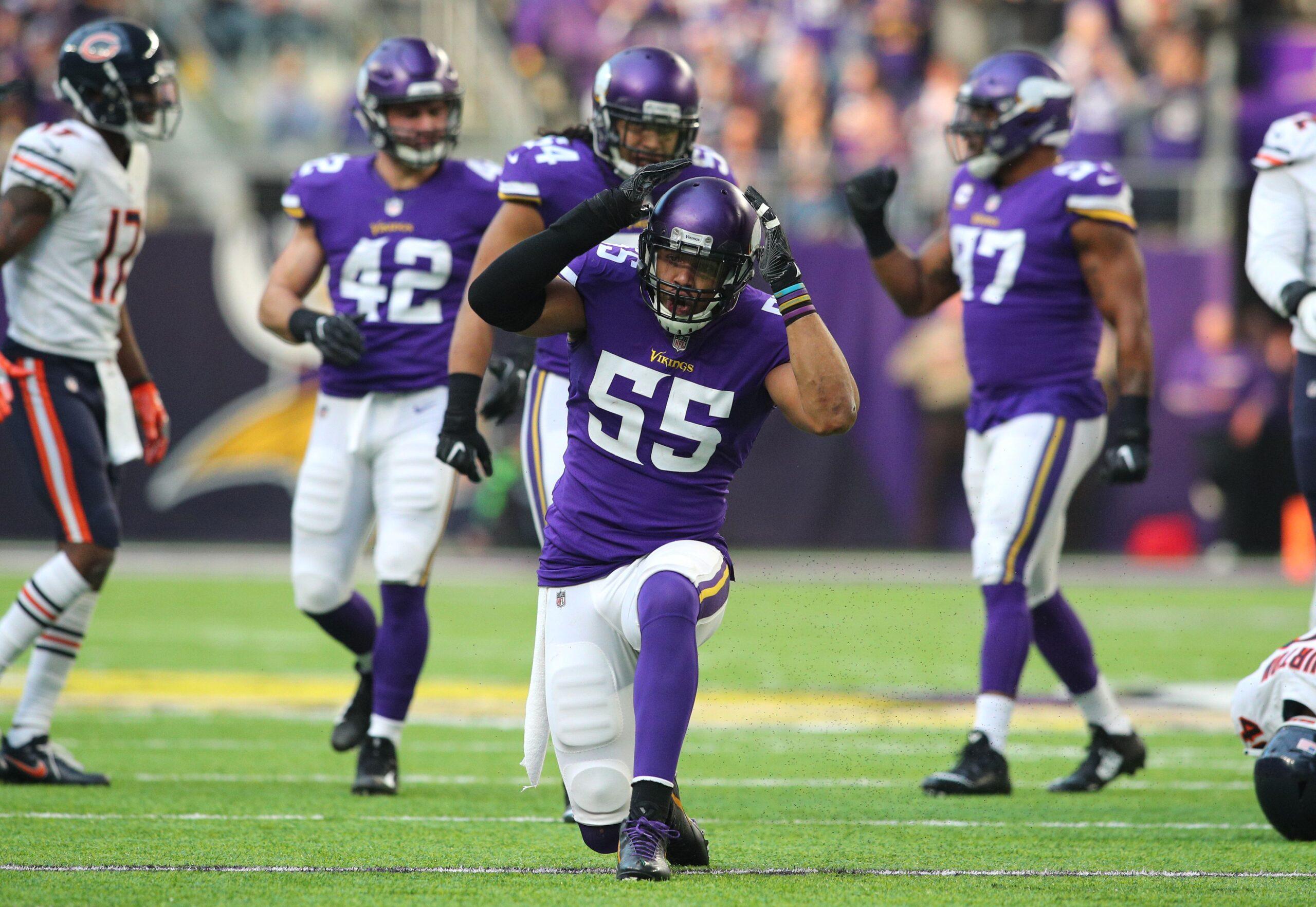
Anthony Barr, LB
Why He’s a Free Agent: Barr was the odd man out on Minnesota’s defense. Danielle Hunter, Xavier Rhodes, Harrison Smith, and Linval Joseph are all playing on deals that come with at least a $10 million cap hit in 2019. Combine that with $29 million allocated to Kirk Cousins this fall, and it’s easy to see why the Vikings are nearly capped out.
His Potential Market Value: TBD
Figuring out Barr’s market is tricky for a few different reasons. In 2015, it looked as if he was on his way to becoming one of the better defenders in the NFL, but he’s had plenty of struggles over the past few seasons. In a way, 2018 was a bounce-back year, but Barr still had a lot of issues when asked to drop back into coverage. His greatest strength now is his ability to rush the passer, and it’s possible that Barr’s new team will view him (and pay him) more like an edge rusher than like the off-ball linebacker he was most of the time in Minnesota. At 6-foot-5 and around 250 pounds, Barr has the frame to spend more snaps on the edge if a team chooses to use him that way.
Potential Landing Spots: Lions, Jets, Raiders, Vikings
The Lions will reportedly be aggressive in their pursuit of Barr when free agency opens. Detroit could use a serious influx of talent at both linebacker and edge rusher, and the team is plenty familiar with Barr after seeing him twice a year for his entire career. The Jets and Raiders should also consider making serious plays for Barr, considering their available cap space and lack of pass-rushing talent. How teams value the 26-year-old former top-10 pick and where they choose to play him is one of the more fascinating questions about this year’s class.
Justin Houston, EDGE
Why He’s a Free Agent: The only player on this list who was released, Houston was set to count $21.1 million against the Chiefs’ salary cap this season. With fellow pass rusher Dee Ford playing on the franchise tag and a paper-thin secondary, Kansas City decided to move on from its longtime star after failing to find a trade partner.
His Potential Market Value: Two years, $25 million ($18 million guaranteed)
Lower-body injuries have haunted Houston, but he’s been effective in each of the past two seasons. He piled up nine sacks in just 12 games and was one of the most consistent pass rushers in the league on a per-snap basis. At age 30 with a checkered injury history, he may not get a substantial long-term deal, but Houston can make a real difference for a decent price.
Potential Landing Spots: Colts, Packers, Ravens
Houston is the sort of free agent Green Bay and Baltimore typically value. Because Houston was released, his deal won’t play into the compensatory-pick formula for next season, and that’s a priority for both clubs. The Colts have the money to attract any of the top pass rushers on the market, but signing Houston for a relative discount instead of grabbing headlines seems like the type of shrewd move GM Chris Ballard would make. Ballard also spent four seasons with the Chiefs front office, so he knows what Houston brings to the table.
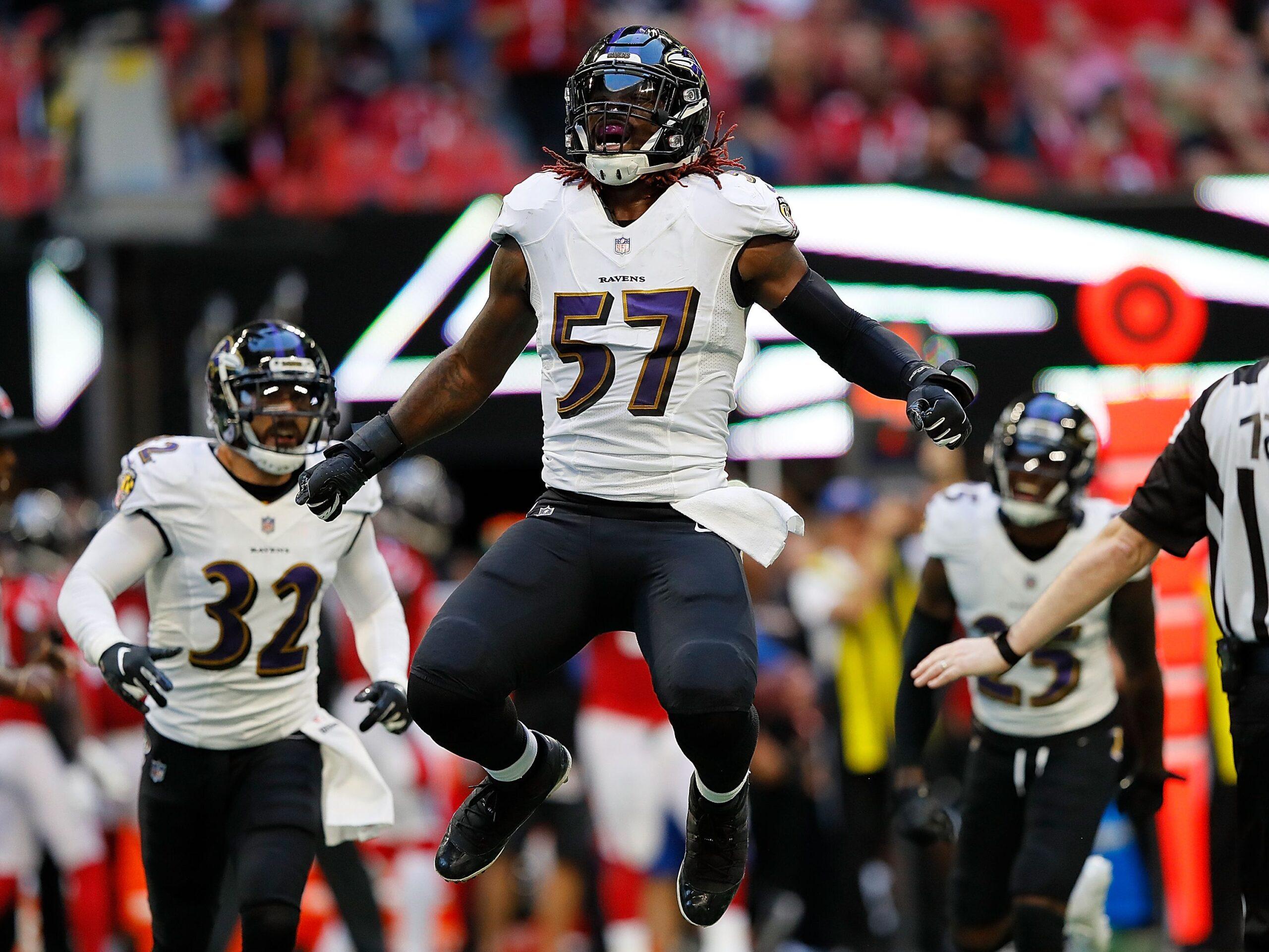
C.J. Mosley, LB
Why He’s a Free Agent: This one’s puzzling. Mosley is a fixture of the Ravens defense and the sort of player Baltimore doesn’t usually allow to get to the open market. Joe Flacco’s deal will still count for a devastating $16 million in dead money after he was dealt to the Broncos earlier this offseason, but the Ravens have nearly $30 million in cap space. They have the means to bring back Mosley, but it’s possible that first-year GM Eric DeCosta wants to prioritize other positions like safety, receiver, and running back before deciding whether he wants to retain Mosley.
His Potential Market Value: Four years, $45 million ($24 million guaranteed)
Mosley is about as solid as they come at inside linebacker. He’s played at least 875 snaps per season (according to Pro Football Focus) after coming to the Ravens as a first-round pick in 2014. He may not provide much in the way of pass-rushing help (last season was just the second of his career with double-digit hurries), but he’s a very good defender and stabilizing presence in the middle of any defense. Recent extensions for both Cleveland’s Christian Kirksey and Minnesota’s Eric Kendricks have come in around $10 million per season, but neither of those players had the benefit of hitting the open market. With several teams bidding for Mosley’s services, he should be able to push Seattle’s Bobby Wagner for the second-highest AAV among inside linebackers ($10.75 million). Off-ball linebacker hasn’t been a premium position in recent years based on spending, but Mosley has the pedigree, production, and healthy track record to be a top target for teams.
Potential Landing Spots: Ravens, Steelers, Colts, Broncos
It still seems possible that Mosley will come back to Baltimore after testing the market, but if he doesn’t, there are plenty of other teams with similar defensive systems that have a need at linebacker. The most obvious is Pittsburgh, which could use more help on the inside next to Vince Williams. I also wouldn’t put it past the Steelers to scoop up Mosley as a way to spite the Ravens. The Colts defense under coordinator Matt Eberflus would be a schematic change for Mosley, but pairing him with Darius Leonard at linebacker would give Indianapolis one of the league’s top inside-linebacker duos. Denver will also be looking for linebacker help after it releases longtime starter Brandon Marshall. Mosley would be an ideal fit for Vic Fangio’s scheme and a reliable piece in the middle of Denver’s new defense.